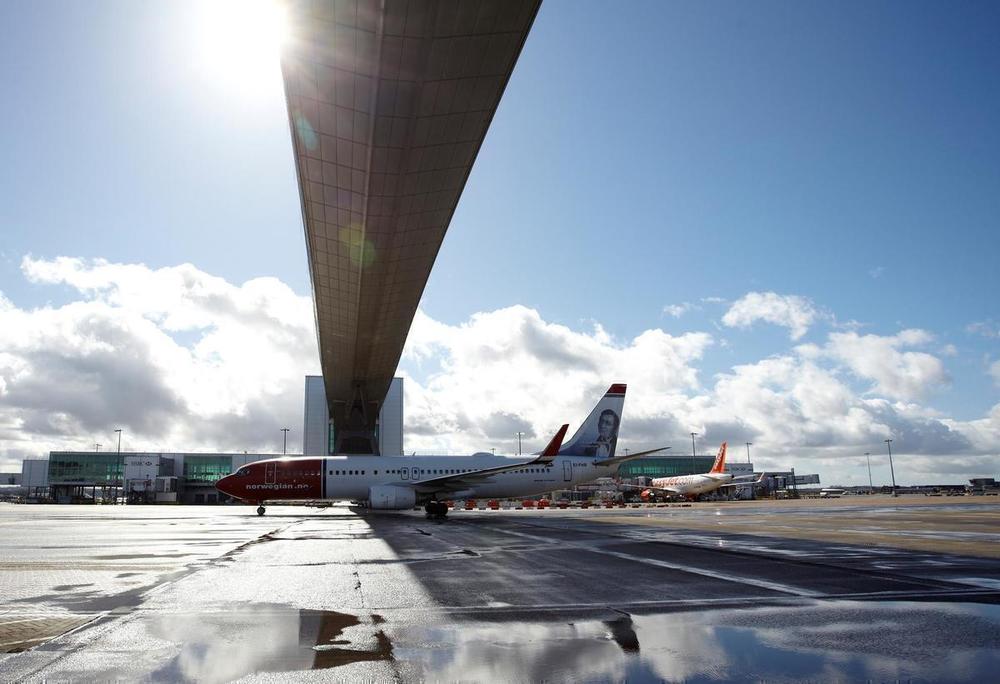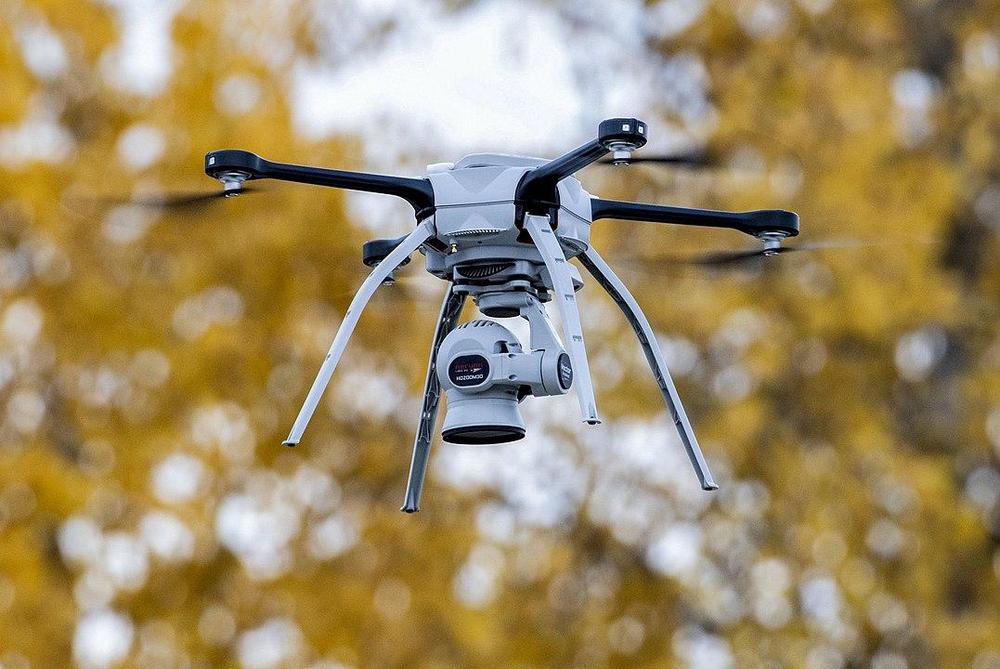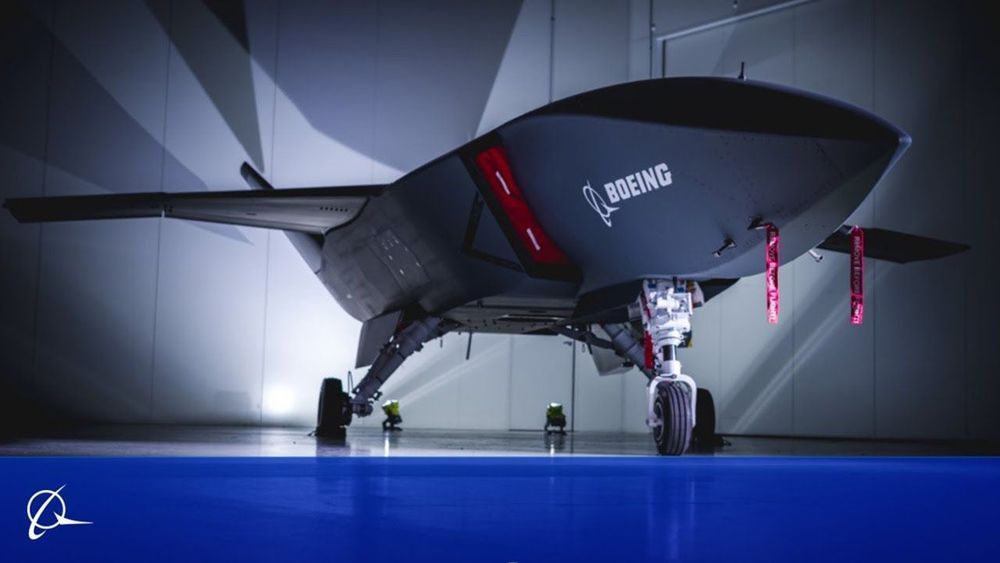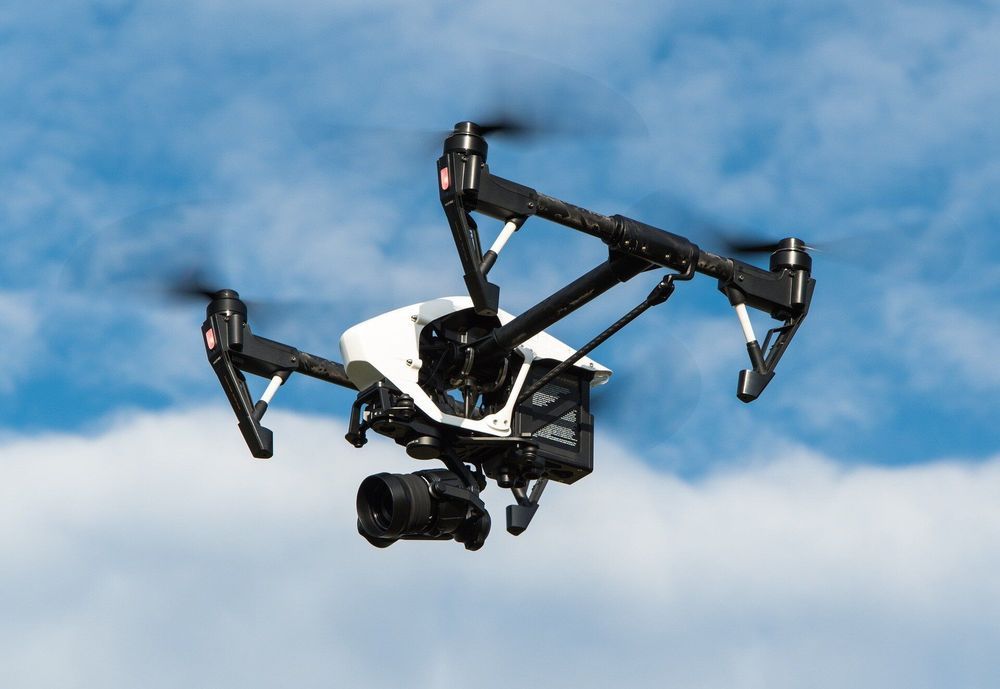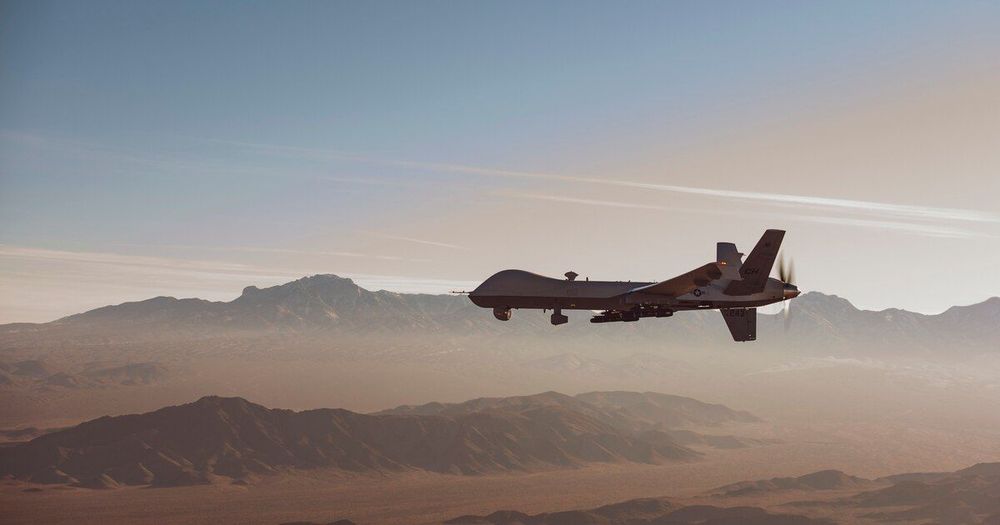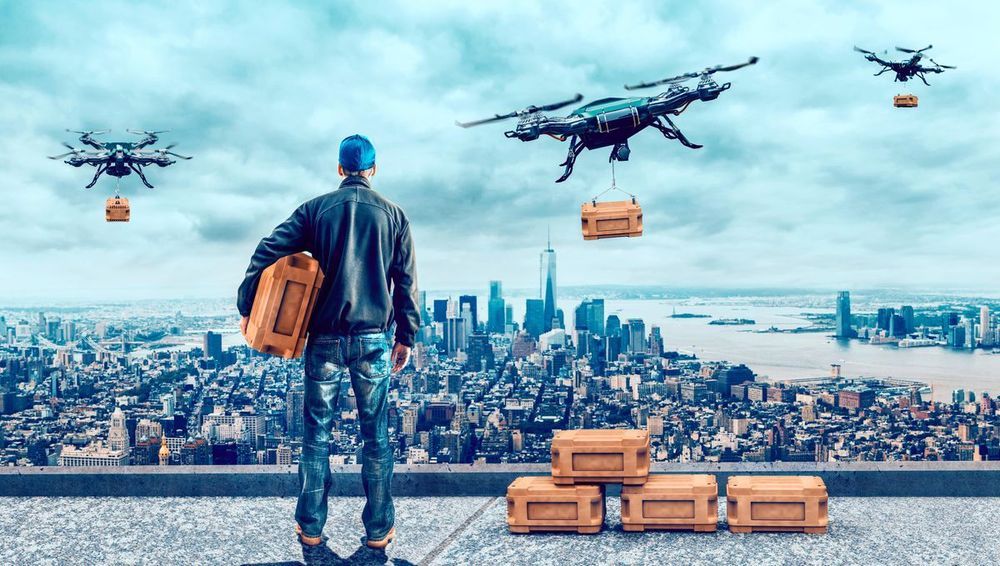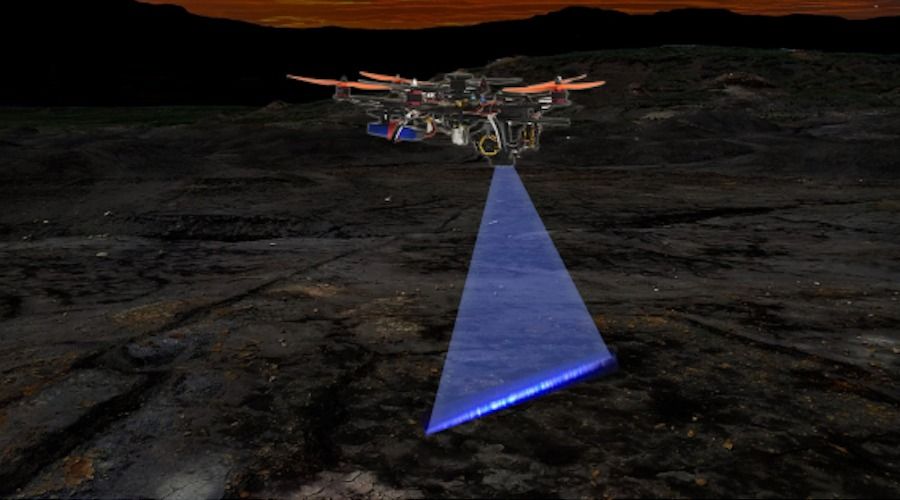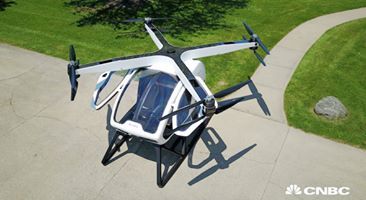Jul 28, 2020
New Technology Could End Drone Disruption At European Airports
Posted by Genevieve Klien in category: drones
Drone disruptions have become notorious at a number of European airports in the last few years, causing thousands of canceled flights. New technology, present at airports now, could help in detecting drones early and preventing disruptions. The anti-drone technology could be a gamechanger, allowing for seamless operations even with rogue drones around.
The first major case of a drone disruption came in 2018 at London’s Gatwick Airport. The airport had to shut down intermittently for three days after suspected drones were spotted near the runway. The shutdowns caused millions in losses for airlines and left thousands of flights affected.
Stay informed: Sign up for our daily aviation news digest.
